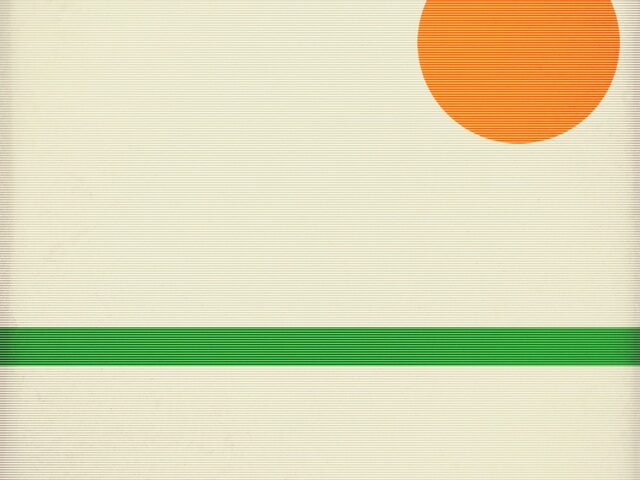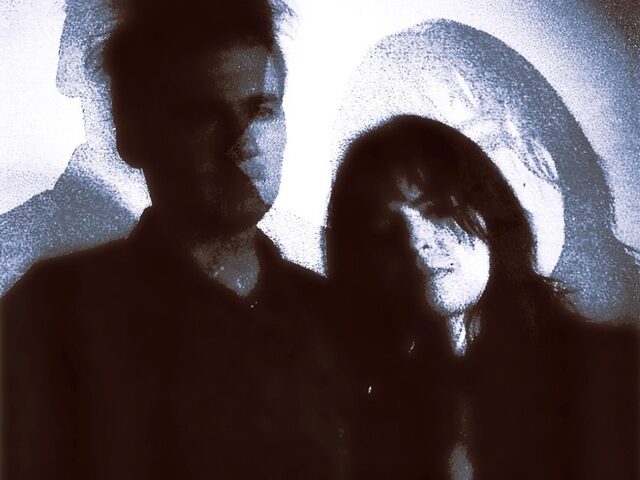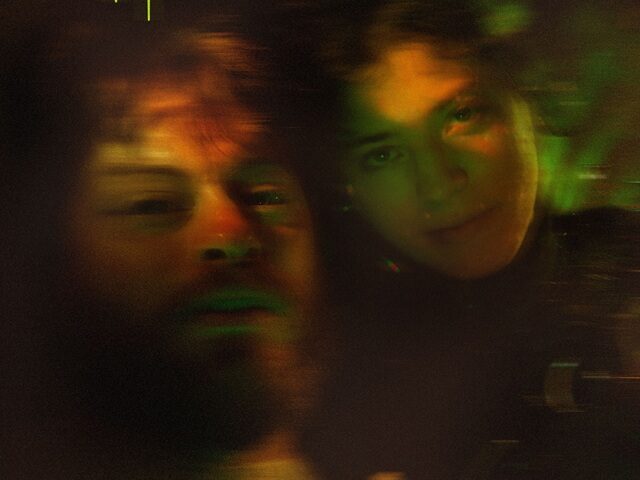
What is the worst band name you can think of? On several occasions, it seems that the quality of a band’s name often is parallel to the quality of their music. Take a look at Limp Bizkit. The unbearable nature of both the songs and originative name from Fred Durst’s lifetime achievement represents a form of publicized intolerability that remains tough to outdo. The same can be said for modern emo staples like Thrice or Taking Back Sunday, though we can at least applaud them for their showing of comprehensible grammar. Unlike Bizkit and friends, they actually seem to have made an attempt at spelling their band names correctly. As for their music, hold your applause. It sounds like screeching chalk as well. So, what happens when a band with a god-awful name actually emerges with enjoyable music? Though that trait applied to generally every successful synth-pop group of the 80s, the combination has been dwindling in productivity the past several years. When I saw that a new band from London had called themselves How To Cure Dyslexia, I was quite curious. Expecting some uncreative, emo-ridden whines over generic punk guitar riffs, I reluctantly put their material on the stereo. What came out of the speakers turned out to be pleasantly surprising, as How To Cure Dyslexia have successfully created some of the most atmospherically lush songs of the year.
It also makes sense that if you create quality music with a dismal name, the majority of listeners will forget how uninspired the name actually is. A few listens to How To Cure Dyslexia’s debut album, The Tempo of Bicycles and Boats, should warrant a similar effect. Though their name gives off the impression that the band is run by a group of angry electric guitar-wielding punks, the actual case is the exact opposite. The five members of How To Cure Dyslexia are all extremely solid musicians, focused on soft acoustics and melodies reminiscent of classic 60s psychedelic pop ballads in the forms of The Zombies and Donovan. We have had heard such styles echoed recently through the much acclaimed Beach House. Consider it a trend. How To Cure Dyslexia is led by frontman David Miller, an apparent fetishist for the past. If you thought How To Cure Dyslexia’s name was unconventional, wait until you hear about their method for the recording process of The Tempo of Bicycles and Boats. Apparently the five members recorded the entire album in a public art gallery (SPACESHIFT in Kings Cross) where all onlookers could witness the recording experience firsthand. Surprisingly enough, this sounds like a studio record. The instrumentation is precise and the effects, most notably reverb, are used in a precise manner. Even more surprisingly, there is no audible chit-chat from the spectators or even a hint at the recording location at all. It is as if they recorded the album in a glass cube.
The bicycles and boats that How To Cure Dyslexia speak of in the title of their debut album must refer to prehistorical draw-ups of the devices. The Tempo of Bicycles and Boats is ironically a very slow-moving album, intricately layered through the faint strums of acoustic guitars, the subtle twinkles of light keys, and the occasional plucking of strings. The vocals are also a marvelous factor as they relay a remarkably retro delivery; one that depicts the most accurate flashback presentation I have heard in quite some time. The fact that this five-piece was able to capture the raw, dreamy escapade vocals of 60s psychedelia by also implementing modern production techniques is extremely impressive and adds to the band’s strong grasp of the past in an even more noticeable fashion. The gracious opener, “Close Your Eyes”, reveals the band’s intentions in the purest form. With vocals that echo the stylistically gentle sentiment of the legendary Donovan Leitch, the additionally tonal fact that How To Cure Dyslexia sounds distinctively British adds even more to the highly enjoyable effect. It sounds genuine, wholesome, and realistically plausible in the grand scheme of contemporary odes to the lovably bygone era where beautiful melodies were preferred over clothing trends or hair styles. Ah, the good old days… not that I was alive to experience it or anything.
The Tempo of Bicycles and Boats sounds like a lost gem from the 60s just uncovered from a vault. If it were not for the obvious technological homage in “Computer”, this could pass off as a forgotten classic. The band even maintains to have a sense of humor in the song though, as it proves to be the most frantic song on the album, representing the non-stop pace of the technological area in a rather clever depiction. “Little Else”, on the other hand, is a charmingly simplistic turn where the only instrument utilized is a sole acoustic guitar. The vocal melody carries the song through its minimal instrumental approach, with acoustic repetition serving as the point of establishment for edged memorability. Though it is hardly bustling, one of the most energetic tracks on The Tempo of Bicycles and Boats is the enjoyable “Summers Over”, trading organs and keys for the casual acoustic guitars implemented in the majority of preceding tracks. Though it may come off as a cliché if I compare “Summers Over” to the Beach Boys considering the blatantly central topic of the song, the mixture of breezy 60s melodies and soaring psychedelic instrumentation makes it too hard to resist. While some may doubt the lack of excitement or fervor on The Tempo of Bicycles and Boats, it is a worthwhile debut that reaps from an enjoyably nostalgic approach focused on wholesome 60s psychedelic pop.
——————————————————————————————-
How To Cure Dyslexia – Close Your Eyes
[audio:https://obscuresound.com/mp3/dyslex-clo.mp3]——————————————————————————————-
How To Cure Dyslexia – Summers Over
——————————————————————————————-
How To Cure Dyslexia – Little Else
——————————————————————————————-





